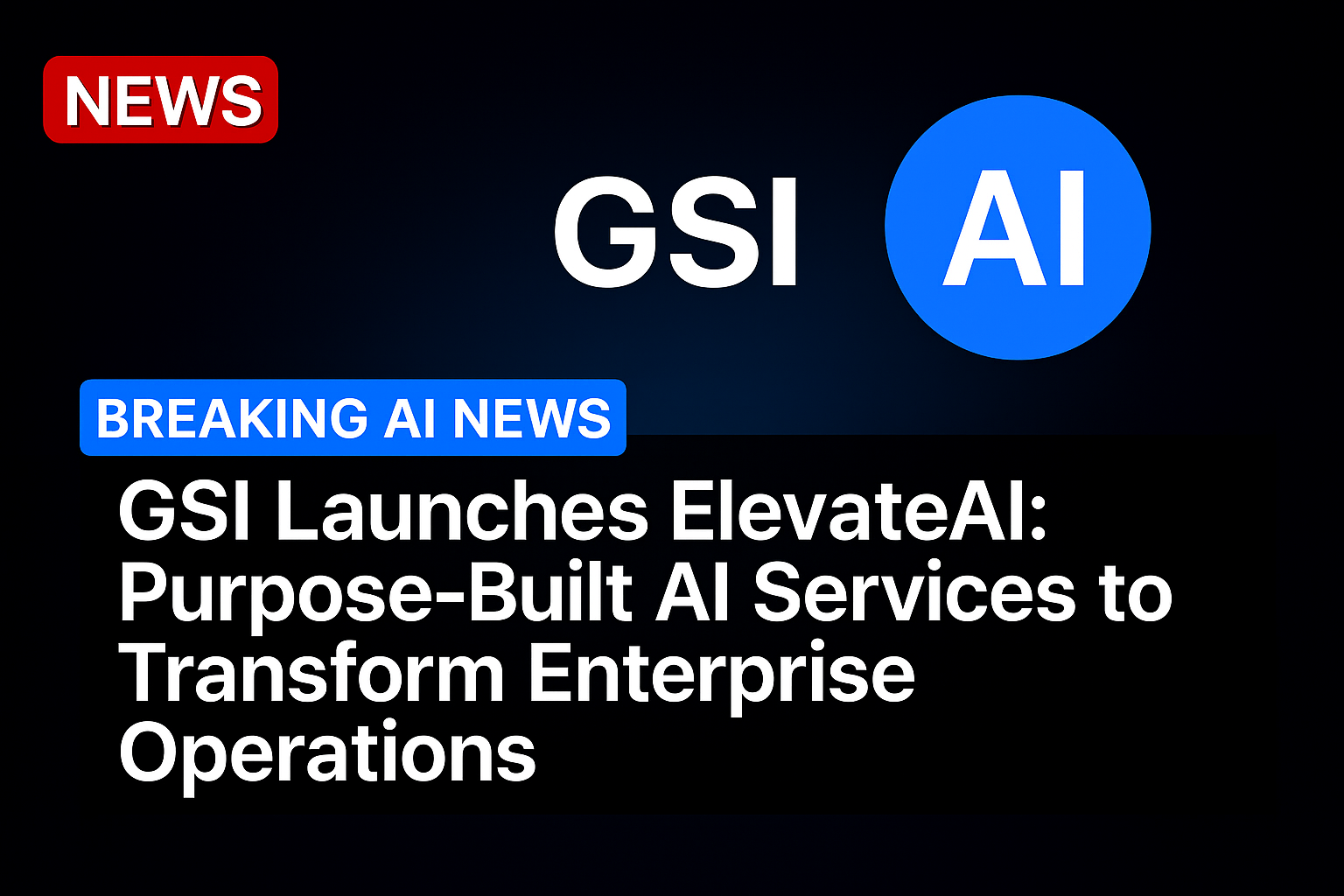Earnings season has illuminated in real time how artificial intelligence (AI) has been making steady inroads into how companies plan, operate and serve customers.
The opportunity remains vast, but as PYMNTS Intelligence research has discovered, firms across industries are learning that the power of AI depends on how well they align it with measurable business outcomes. The greenfield opportunity is immense, yet strategies diverge depending on whether firms sell goods, provide services or power the technology behind both.
The next phase, agentic AI, moves beyond analysis to autonomous execution, but much depends on the relationships struck with outside vendors.
Different Paths for Goods, Services and Tech Firms
The PYMNTS Intelligence survey of 60 enterprises found that companies producing goods, including merchants, are leading on creative applications of agentic AI. One in three goods-sector firms, or 33.3%, said they use agentic AI primarily for product idea, design and innovation. That compares with just 6.7% of services firms and 33.3% of technology companies.
For services firms, priorities are more operational. About one-third, or 33.3%, said they rely on agentic AI for report and deliverable generation, while 20% use it for user and accessibility testing. These firms view AI as a tool for efficiency, helping automate documentation and enhance user interactions rather than reinvent products.
Technology firms, by contrast, are spreading agentic AI across their development process. A third focus on user testing, another third on innovation, and another third on product lifecycle management. Their even distribution reflects how deeply AI is integrated into software development and testing environments.
Competitive analysis and customer experience research remain secondary priorities for now, with fewer than one in five companies citing them as leading use cases.
The data indicates that enterprises are starting with functions tied to immediate operational payoffs before expanding into intelligence gathering and customer insight.
Vendor Partnerships Power Adoption
The PYMNTS Intelligence agentic AI data also highlights an important dynamic: enterprises are not deploying agentic AI on their own. Most rely on vendors to manage model training, ensure data quality and integrate tools with existing systems.
For goods producers, vendor partnerships support generative design, prototype testing and product lifecycle visibility. For services firms, vendors provide workflow automation, reporting engines and AI-driven analytics that free staff to focus on client relationships. For technology companies, vendors offer scalable frameworks that help embed autonomous decisioning into software platforms.
How Big Firms Are Framing the Opportunity
PYMNTS’ coverage of third-quarter earnings from the largest technology and payments companies shows how these dynamics are playing out at scale for their enterprise clients.
Amazon’s quarterly results that were released last night show AI as a central element of its operations and customer experience. PYMNTS reporting noted that the company highlighted its Bedrock and Q platforms as tools that help customers and partners build generative and agentic AI applications. The focus for the quarter was on applying AI to improve logistics, search and advertising performance.
Mastercard’s Q3 2025 results show the company expanding its use of AI across fraud detection, authorization decisioning and network efficiency. PYMNTS coverage reported that AI supports Mastercard’s risk management and analytics capabilities, improving authorization accuracy and speed.
Alphabet’s Q3 2025 earnings showed continued investment in AI across Google Cloud and Workspace. PYMNTS reported that executives highlighted how AI is being used to automate workflows and deliver faster insights for enterprise customers.
Visa’s most recent report detailed how AI supports authorization, fraud management and network performance. PYMNTS coverage noted that Visa executives said AI-driven models are improving transaction accuracy and efficiency within the company’s global payment network.
Why Vendors Are Central to Agentic AI
This dependency reflects the growing complexity of AI implementation.
Vendor collaboration also helps address the greatest barrier to effective AI: data readiness. Companies need consistent, well-governed data to train agentic models that act reliably without human intervention. PYMNTS Intelligence findings make clear that a data strategy and an AI strategy can no longer be separated.
The Next Phase of Enterprise AI
The next phase of enterprise AI adoption will test how well firms can link creativity and execution. The early focus on product design and deliverable generation will expand into areas such as market analysis, lifecycle management and competitive intelligence. As these new use cases emerge, the need for vendor expertise will only grow.
Enterprises that succeed will likely be those that define clear objectives, choose vendors capable of aligning technology with those objectives and measure returns consistently. The next wave of agentic AI adoption will be judged not by model sophistication but by its ability to improve how businesses operate every day.
Source: https://www.pymnts.com/




